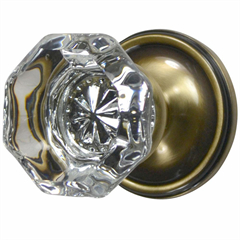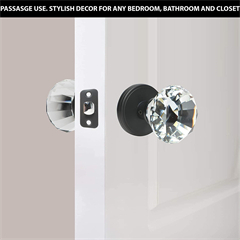Door handles play a significant role in shaping impressions and perceptions of a space. They are often one of the first tactile interactions people have when entering a room or building, and this initial touch can influence their overall experience. Here’s how door handles shape impressions:
- Aesthetic Impact: The design, material, and finish of a door andle contribute to the overall aesthetics of a space. An ornate handle can evoke a sense of elegance and luxury, while a sleek, modern handle can create a contemporary and minimalistic impression.
- First Contact: Door handles are among the first things people touch when entering a room. This tactile experience can set the tone for their entire visit. A well-crafted, solid handle can convey a sense of quality and attention to detail.
- Consistency and Coherence: The choice of door handle should align with the overall design theme of a space. Handles that harmonize with the surroundings create a cohesive atmosphere that leaves a positive impression.
- Symbolism: Unique or decorative door handles can serve as symbols that reflect the character or purpose of a room or building. For example, an antique-style handle might evoke a historical connection, while a futuristic handle might suggest innovation.
- Ergonomics and Accessibility: The ease of use of a door handle can influence perceptions. Handles that are comfortable to grip and easy to operate contribute to a positive experience, especially in spaces that prioritize accessibility.
- Attention to Detail: Well-maintained, clean handles suggest an environment that’s cared for and well-managed. Neglected or damaged handles can give the impression of neglect in the overall space.
- Safety and Security: Sturdy and well-designed door handles can convey a sense of security, reassuring occupants and visitors about the safety measures in place.
- Memorability: Unique or distinctive door handles can leave a lasting memory. Unusual or artistically designed handles can become talking points and contribute to a memorable experience.
- Commercial Spaces: In businesses, door handles can reinforce branding and create a specific atmosphere. For example, a luxury boutique might have handles that convey exclusivity.
- Psychological Impact: Door handles can also have subconscious psychological effects. A heavy, solid handle might make people feel grounded, while a lightweight handle might evoke a sense of openness.
- Cultural Context: In some cases, door handles can be culturally significant, reflecting the local culture or history. This can create a strong impression of authenticity.
- Subtle Clues: The appearance of a door handle can offer subtle clues about what’s behind the door. For example, an industrial-style handle might suggest a utilitarian space, while a decorative handle might hint at an elegant interior.
Overall, door handles are more than functional devices; they’re integral elements of design that contribute to the ambiance, functionality, and initial impressions of a space. Careful consideration of door handle design and material can help create the desired atmosphere and convey the intended message to occupants and visitors.








